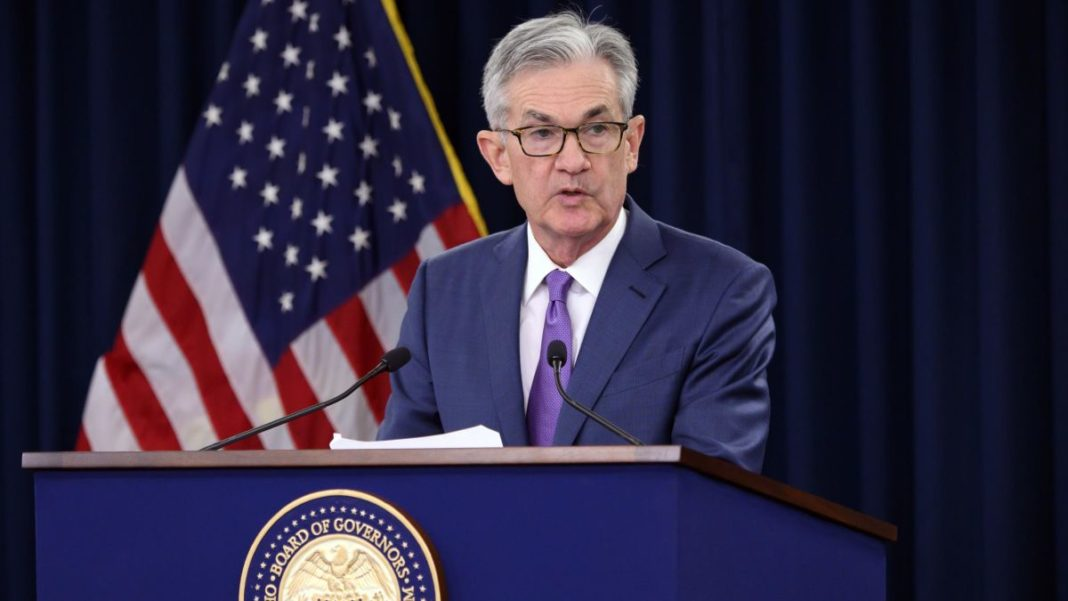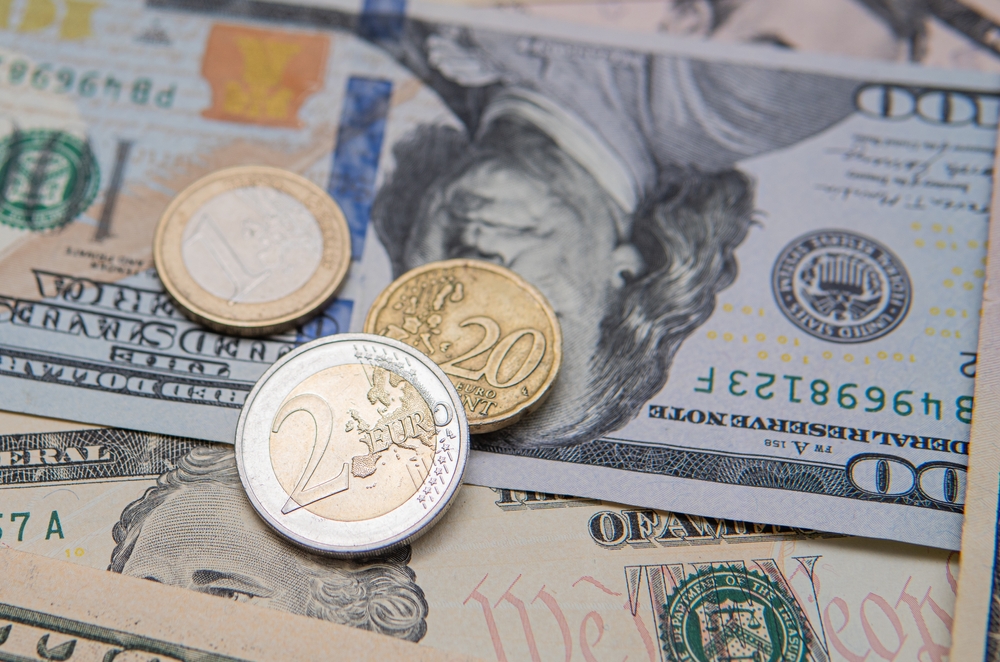After several months of going back-and-forth, the United States and the European Union finally reached a trade agreement, settling on 15% tariffs on EU goods entering the U.S., averting the previously threatened 30% tariffs that were set to take effect August 1st. The deal includes EU commitments to purchase $750 billion in U.S. energy and invest $600 billion in the American economy, along with major military equipment purchases. German Chancellor Friedrich Merz acknowledged the agreement reduces automotive tariffs from 27.5% to 15% but is concerned that the remaining tariffs will burden Germany's export-dependent economy. European Commission President Ursula von der Leyen confirmed the 15% tariffs will apply across the board, including pharmaceuticals, though Trump continues to threaten steeper drug tariffs up to 200%, claiming that Americans purchase indirectly subsidised European prices for the same medication. The deal provides stability during a critical week featuring major corporate earnings, key economic data, and the Federal Reserve's interest rate decision.
EQUITY
Wall Street opened the week with the main board notching its sixth consecutive record high, although the Dow fell 64 points. Market sentiment leans toward cautious optimism with trade deals easing trade war concerns. Energy stocks led sector gains, with oil companies like Exxon Mobil and Chevron advancing now that Europe is forced to buy energy from the states, while materials stocks posted the steepest losses. Investors are mostly focused on tech giants earnings along with the central bank's meeting.
GOLD
Gold traded lower near $3,300 before bouncing off a three-week low as easing US-China trade tensions reduce safe-haven demand, with investors reacting to tariff deadline extensions and the EU deal announced last Sunday. Technical indicators show accelerating bearish momentum and potential support testing at $3,250 per ounce. Gold volatility remains elevated with the central banking meeting in focus, though it remains one of the strongest assets year-to-date.
OIL
Crude prices closed near multi-week highs, primarily running on concerns of tighter global oil supplies after President Trump shortened Russia's deadline to reach a Ukraine ceasefire from 50 days to just 10-12 days before facing up to a 100% tariff on Russian energy exports. Additional support came from positive trade development, which helped the global energy demand outlook.
CURRENCY
The euro hit a one-month low after falling 1.3% Monday as investors recognised the new US-EU trade deal heavily favours America over Europe. The agreement imposes a 15% tariff on EU goods, with France calling it a "dark day" and Germany's chancellor warning of "significant" economic damage. The euro's decline helped push the dollar to a one-month high against major currencies while also pushing sterling to a two-month low.














